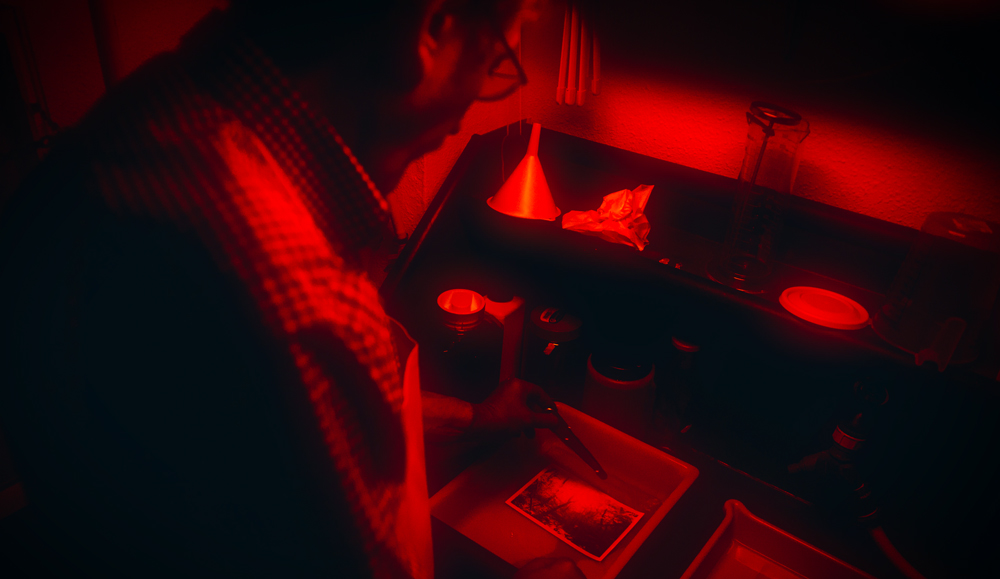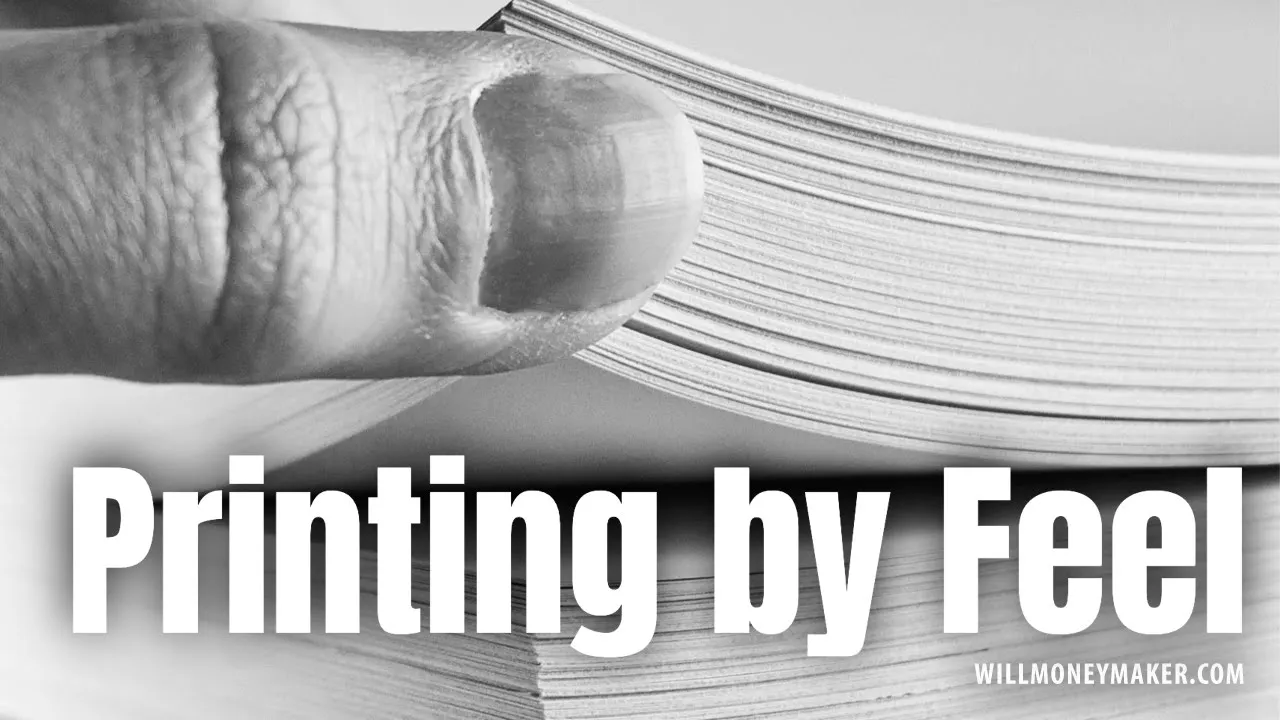There are a shocking number of ways to print a photograph! These days, with the rise of digital printing methods, it’s easy to forget about all the different types of photographic prints that have been created throughout history. But, I think it’s important to remember these techniques. Things like the photogravure, the daguerreotype, and other old printing methods are fading into the obscurity of photographic history. Even the gelatin silver print, long the standard for producing black and white prints, is giving way to modern digital printing methods.
And yet, even though we’re slowly abandoning these methods, there are still niche printmakers out there that produce some of these older types of prints. If you wanted to create a daguerreotype, for instance, you could, with enough effort, find a printmaker that can do it. Each printing process comes with its own unique set of characteristics, traits that fundamentally alter the look and feel of the finished print. If you are able, it is well worth your while to experiment with some of these methods. To that end, here is some information about a few of the prominent printing methods we’ve seen throughout history.
The Photogravure
The photogravure is what’s known as a “photo-mechanical” process and though today, it is an obscure printing process, it is fascinating nonetheless. To make a photogravure, the printmaker uses a copper plate and an image transparency that is made of a light-sensitive gelatin. The gelatin is exposed to light, which prints the image to the gelatin. During the exposure, the areas of gelatin that are exposed to less light are left more water-soluble than the areas of gelatin that are exposed to more light. This transparency is then placed on the copper plate and the image is bathed in warm water, washing away gelatin that didn’t receive as much light exposure. The remaining gelatin is left to dry on the copper plate.
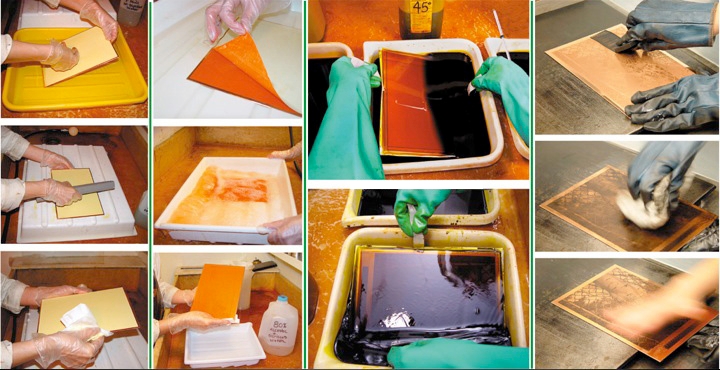
From here, the image is then etched onto the copper. When finished, a copper printing plate remains. It can be used to print the etched image onto paper. The photogravure is an old printing process, first developed in the early and mid-1800s by Nicephore Niepce and Henry Fox Talbot. Today, fans of the photogravure still appreciate the tonal range that can be achieved with this printing process.
Daguerreotypes
While other printing processes existed when the daguerreotype was born, this printing process was the first to become widely available. Pioneered by Louis Daguerre, the daguerreotype was created and improved between 1839 and 1860. These images are prized for their sharpness and the high level of detail that can be achieved. The image is “printed” on a metal plate, usually silver over a copper base. To create the image, the plate must be polished to a high shine. In a darkroom, the silver is then “sensitized” through the use of iodine or halogen gas. Once sensitized, the plate is then placed in a camera and exposed. After the image is taken, the daguerreotype is developed with mercury gas, then fixed with sodium thiosulfate. The finished product is one of extreme beauty, but daguerreotypes are also very fragile — you’ll generally see them on display in specialized housing to protect them from debris and environmental damage.
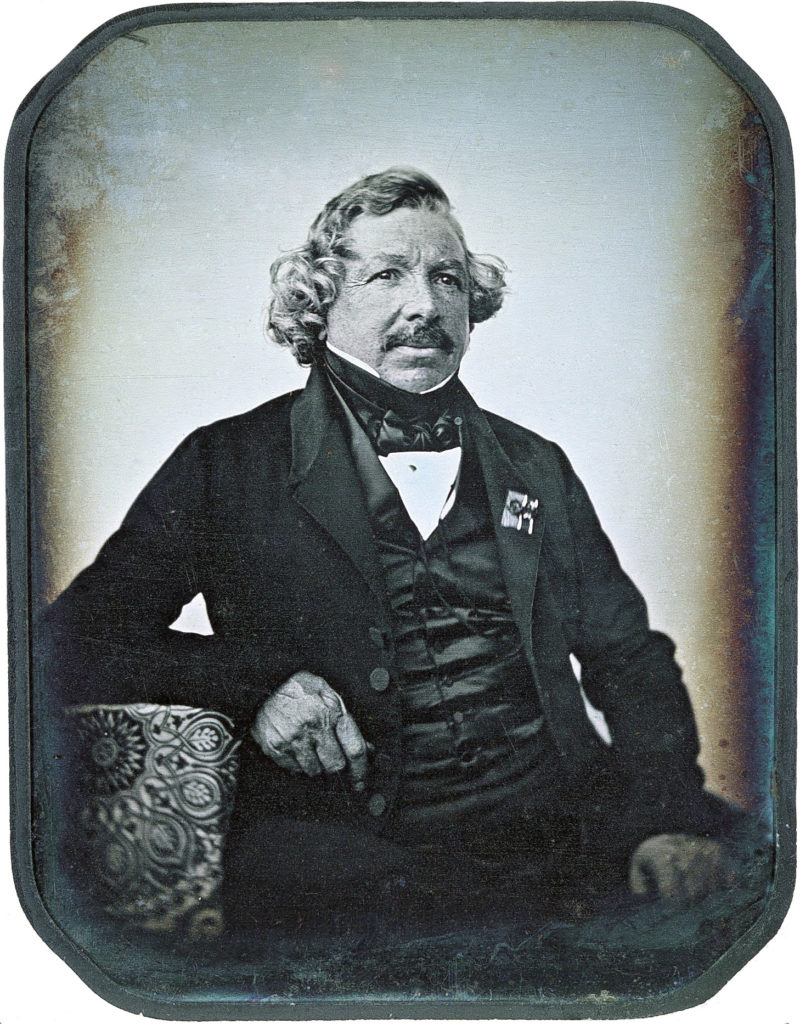
Platinum Prints
The platinum printing process was pioneered in the late 19th century and it quickly became the printing process of choice for art photographers. There were several advantages to the platinum process: These prints are much longer lasting than silver-based prints and the tonal range greatly exceeds that which can be produced by silver. Platinum prints (and also palladium prints, which are the sister to platinum) are made using a layer of platinum salts over paper, developed through chemical processes and exposure to light.
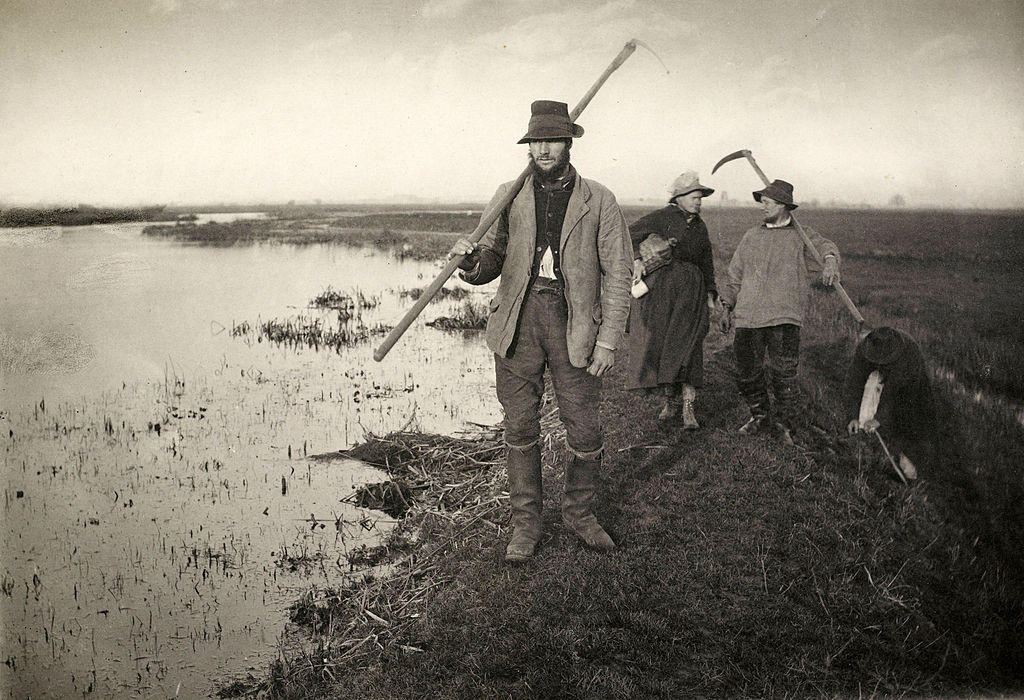
Gelatin Silver Prints
Gelatin silver prints come from the halcyon days of film photography. These prints were the standard from the start of the 20th century through the 1960s — and the only reason the popularity began to wane was the development of color photography. A gelatin silver print is black and white, and until digital printing methods became prevalent, this process remained the standard for creating black and white prints. The advantage to gelatin silver is the broad tonal range that can be achieved with this process. These prints are created by exposing an image on gelatin-coated paper. During the exposure process, silver halide forms on the surface of the paper. The paper then goes through a chemical fixing process to finish the print.
Chromogenic Prints
The chromogenic print, otherwise known as the c-print, was the standard long used by 35mm film photographers. Developed in the 1960s, the chromogenic print was produced in the darkroom. One needs either negatives or slides, which, through the use of an enlarger, are exposed on paper coated in light-sensitive gelatin. Chemical processes are used to bring out or “develop” the prints as they’re made.
Digital C-Prints
The digital c-print is the digital era’s successor to the chromogenic print. This type of print relies on paper exposed to light, just as the chromogenic process does, but instead of using an enlarger, the light source is either LED or laser. After the digital printing process is completed, digital c-prints are finished in the same way as chromogenic prints, using a chemical developing process followed by a fixative process.
Giclee and Inkjet Prints
The giclee and inkjet printing processes are often confused for one another — and they are very similar, although there are key differences. When it comes to producing photographic prints, these two printing processes started their rise to prominence in the 1990s. Both the giclee and inkjet processes utilize high-end inkjet printers. The differences are in ink application, ink quality, and paper quality. In general, the giclee process produces a higher quality print because it uses top quality archival papers along with archival inks. Giclee printers are also capable of spraying ink from the printheads in microscopic droplets, which produces a higher resolution image as compared to a standard inkjet printer.
While digital printing methods are the most commonly used today, there are printmakers that still create images using all of the methods listed here and more besides. Each of these printing processes has its own unique look and feel and there are advantages and disadvantages to each. If you’re looking to experiment with something new and unusual, one of these printing processes, if you have access to the printmakers or equipment to produce such prints, may provide you with an interesting new way to print your photographs.

